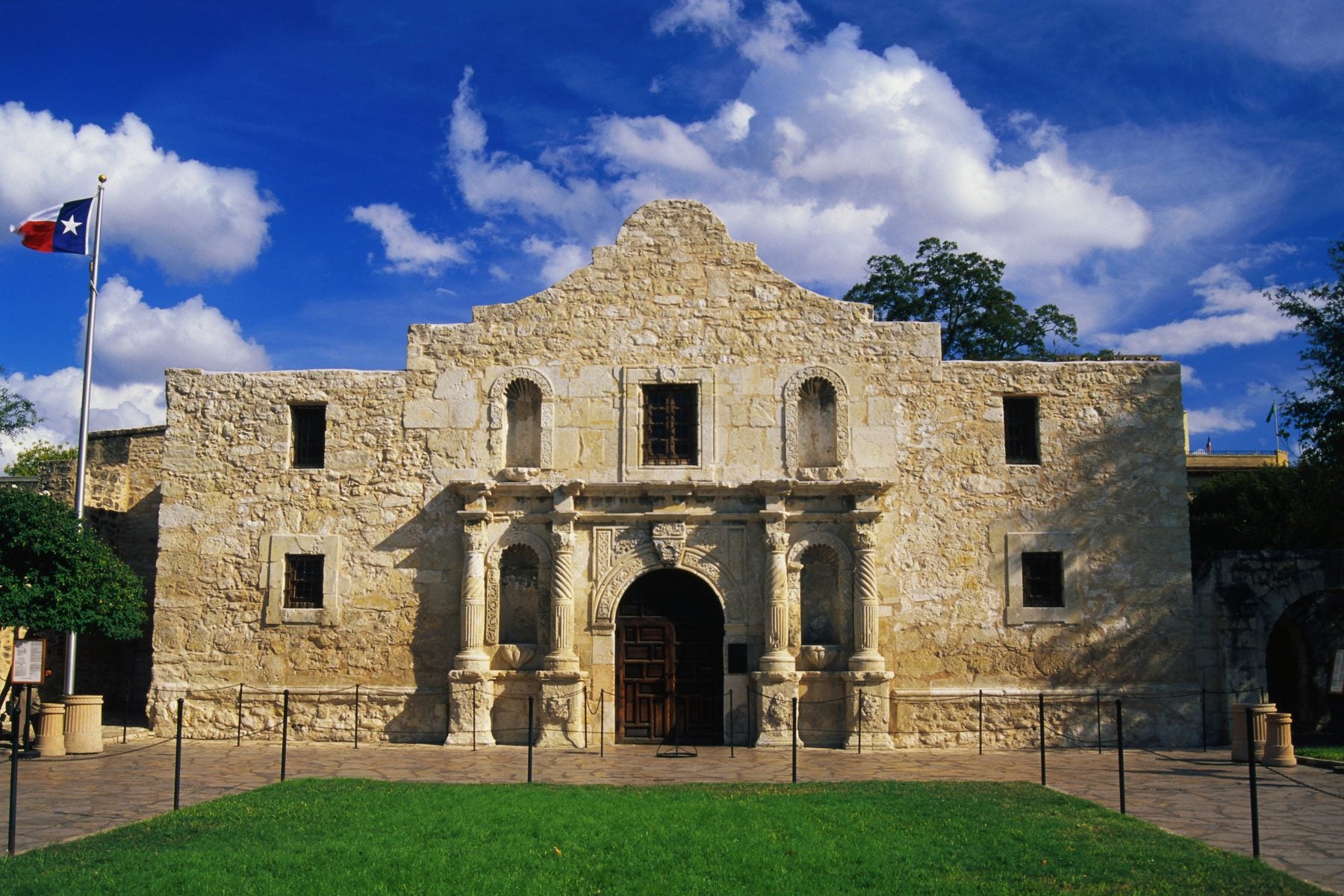The Texas Tribune recently reported that there were twice as many law enforcement officers at Robb Elementary School in Uvalde than there were defenders at the mission-turned-fortress of the Alamo in San Antonio.
The irony was stinging. The martyrdom of the Alamo’s 187 defenders in March 1836 is a fundamental part of Texas, and by extension American, mythology. Yet for a couple of generations after the battle, the Alamo wasn’t much memorialized. It wasn’t until the 1880s that the legend of “the Alamo” started becoming important. The site was transformed into a significant “memory-place,” writes scholar Richard R. Flores, precisely whenTexas was being reformed along class and racial/ethic lines by the dominant Anglo-Texans.
Teddy Roosevelt, a proponent of raising the Alamo as a symbol of (white) American nationalism and imperialism, purposefully organized the Rough Riders in San Antonio; there’s a statue of him on horseback in Alamo Plaza today. In 1905, Texas purchased the site and made the Daughters of the Republic of Texas (DRT) the official caretakers. In 2015, Texas took control of the site from the DRT after charges of financial mismanagement, following several decades of protest by Mexican Americans over their portrayal at the site.
During his own third-grade school pilgrimage to this “Shrine of Texas Liberty,” Flores remembers, he felt awe walking where legends like Bowie, Crockett, and Travis, “fell in martyrdom for my freedom.” He had, after all, been nurtured on the rousing Americanism of Disney’s Davy Crockett: King of the Wild Frontier (1955). Outside, his best friend, Robert, stunned him when he nudged and whispered, “You killed them! You and the other ‘mes’kins’!”
Twenty-seven years later, the grown-up Flores revisited the Alamo to explore “collective memories fixed to physical places that construct meaning.” His analysis of the public presentation of the Alamo’s history at the then-DRT-managed site is a case study on the difference between memory and history.
“Memory needs no validation since it thinks itself complete: ambiguity is dispelled, motives understood, winners and losers clearly marked,” Flores observes. “History, on the other hand, is noisy: it is open, shifting, changing with the emergence of new evidence, other perspectives and possible interpretations; it is contested, dialogical, open to revision and debate.”
The legend says that 187 men died at the Alamo, these being the defenders and hence the only ones worth counting. And that legend has gotten the Hollywood treatment several times, starting with the first Alamo movie in 1911. Probably the most famous, after Davy Crockett, is The Alamo (1960), a monument to John Wayne’s Cold War conservatism—the historians initially hired as advisors insisted their names be removed from the credits. (And according to historian Paul Andrew Hutton, the DRT refused to let the satiric Viva Max! (1969), in which a Mexican general attempts to re-take the site, be filmed on location.) A blockbuster 2004 Disney version may have been more historically accurate, but it tanked at the box office, losing millions. Some complained that the film was “too” multicultural. Flores reminds us:
“There were thirteen native-born Texans in the group [of Alamo defenders], eleven of them were of Mexican descent. […] forty-one were born in Europe, two were Jews, two were black, and remainder were Americans from other states in the US.”
Weekly Newsletter
Before Texas’s independence, “intermarriage between Anglo-Americans and Mexicans was common.” But after the creation of Texas, the native-born Tejanos, including those who had supported the independence movement, became targets. Even Alamo veteran Juan Seguín, who escaped death because William B. Travis sent him on a courier mission, was driven out of Béxar (as San Antonio was then called) in 1842.
Flores quotes scholar Andrew Lass, who notes that “the nation-state’s concern for remembrance, or encoding, is paralleled only by its obsession for forgetting, or erasure.” From personal experience of that erasure, Flores treated this subject at greater length in his book, Remembering the Alamo: Memory, Modernity, and the Master Symbol.







